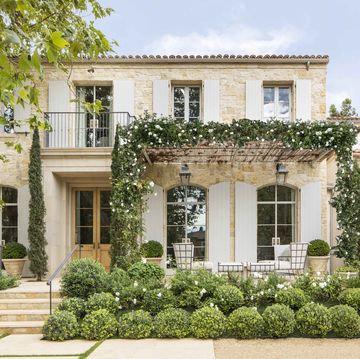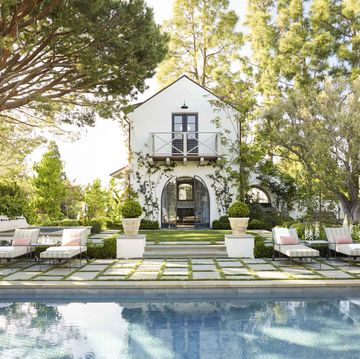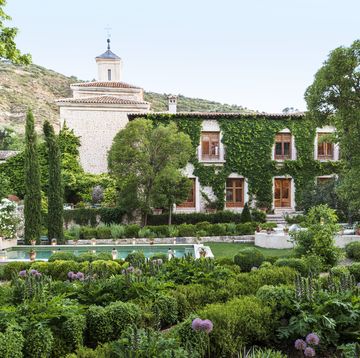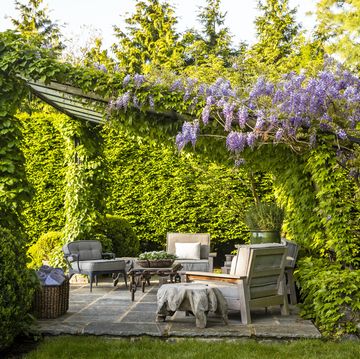Why Frederick Law Olmsted's Landscape Design Work Is More Relevant Today Than Ever
On his 200th birthday, the National Association for Olmsted Parks celebrates the father of landscape architecture and his work in shaping our nation.

Scenes of children running through lush meadows, storybook allées of towering trees, and quiet moments by the pond instantly flood the mind at the mere mention of Frederick Law Olmsted's name. Regarded as the father of landscape architecture, Olmsted showed the country the importance of public parks, laying the groundwork for America's National Park system.
On the bicentennial of his birthday, the National Association for Olmsted Parks, in partnership with hundreds of parks across the nation, is celebrating the work of the revolutionary landscape architect with various lectures and events. The goal is to inspire others to create and invest in America's green spaces much like Olmsted did.
"Frederick Law Olmsted used landscape architecture to address people's needs: physical, mental, and social," says Anne “Dede” Neal Petri, president and CEO of the National Association for Olmsted Parks. "He believed that connection to nature and democratic public spaces would benefit all people."
Born on April 26, 1822 in Hartford, Connecticut, Olmsted grew up exploring the the vast landscapes of New England and upstate New York with his family. While his love of nature may have started at a young age, most of his twenties was spent working jobs here and there, traveling across the world, and discovering what makes people tick. Many scholars point out that two particular experiences in his early thirties that led Olmsted to garden design.
"In 1850, his visit to Birkenhead Park in Liverpool, England, convinced him that in the United States, all Americans should have access to public parks—a radical idea at the time." explains Petri. "During the 1850s, he reported for the New York Daily Times across the antebellum South. His direct experience with the evils of slavery profoundly shaped his vision for a democratic and equitable America—ideals he sought to express through his landscape designs later in life."
Olmsted's initial foray into the landscape industry came in 1857 when he and British architect Calvert Vaux won a competition for the design of New York City's Central Park. The Greensward Plan outlined the blueprint for a pastoral landscape in the middle of the city which sank four transverse roads below the land so that traffic wouldn't interrupt the park-going experience. Thousands of workers came together to plant nearly 500,000 trees and shrubs across the 843-acre park connected by an intricate network of bridges and paths. It was the first of its kind and provided an example of how people can build spaces that reconnect us to nature.
It wasn't until 1865 that Olmsted began practicing landscape architecture full time, becoming one of the first Americans to use "landscape architect" as a professional title. During his practice, Olmsted oversaw the creation of hundreds of parks and gardens that all pay respect to their natural scenery and put the people of that area first. Petri argues that Olmsted's deep of understanding of how connecting with nature can impact positively affect our wellness may be of even more importance today.
"Parks give us opportunities to connect with nature, and they support our physical and mental health as more and more studies continue to show (something Olmsted intuited all those years ago)," says Petri. "They can be refuges for wildlife, like pollinators and migratory birds, and they can create resilience to climate change by cooling air temperatures and absorbing floods. And they can give us a place to come together across dividing lines of race, class, religion, and politics—places to interact as human beings and neighbors. Common ground is so important, right?"
Below, we take a look at some of Olmsted's most notable works which embody his dedication to public green spaces.
Sarah DiMarco is the Assistant Editor at VERANDA, covering all things art, design, and travel, and she also manages social media for the brand.
Watch Next


British Royal Family at 2023 Chelsea Flower Show

10 Plant That Are Safe for Cats

9 Summer Flowers and What They Symbolize

What to Plant in May












